The First World War, also known as The Great War, is one of the biggest wars ever to have occurred in history. With more than 70 million military personnel included, the war lasted from 28 July 1914 to 11 November 1918, causing the death of 11 million army men and 7 million civilians. Two opposing blocks, the Central Powers, and the Allies (or Tripple Entente) consisted of 32 countries and was triggered by the assassination of Archduke Franz Ferdinand, the heir to the throne of Austria-Hungary.
The biggest economic and military powers in the world took part in the war, accompanied by countries from all around the globe. Some of these countries were affected directly, whilst others took part as volunteers. Such was the case with India, which provided the largest volunteer army in history.
During the war, the Indian Army fought against the German Empire in East Africa and on the Western front. Their divisions were also active in Egypt, Turkey, and Mesopotamia, where they confronted the army of the Ottoman Empire. A part of the army remained in India as a protector of the North West Frontier.
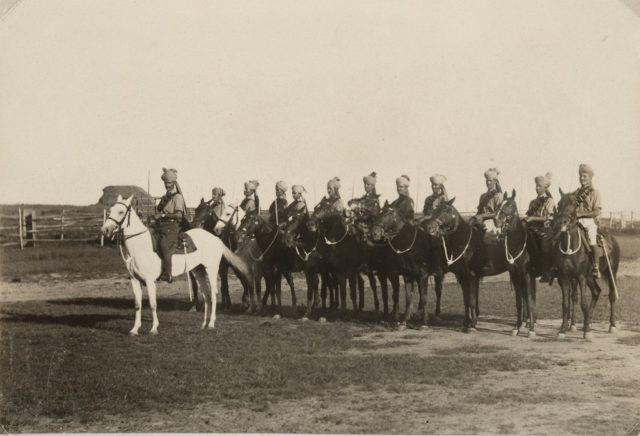
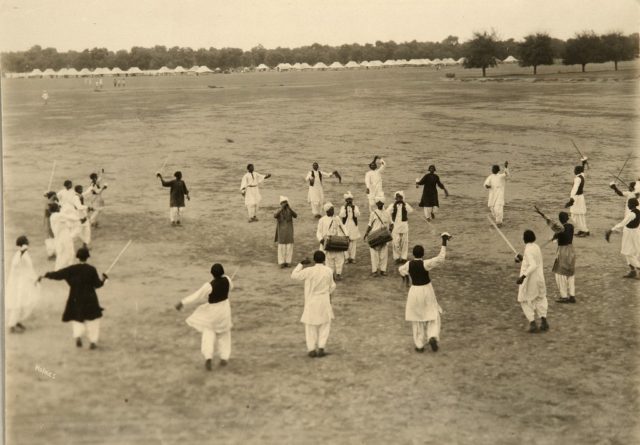
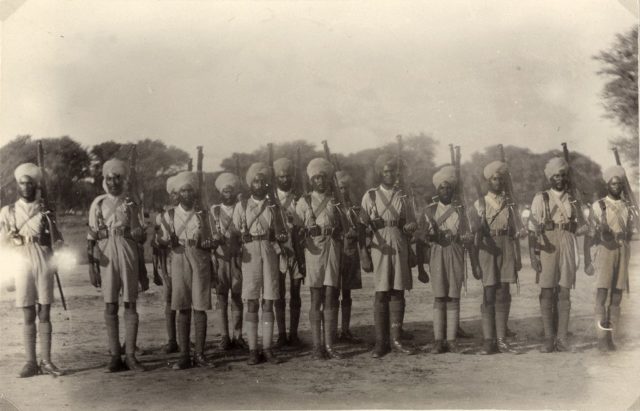
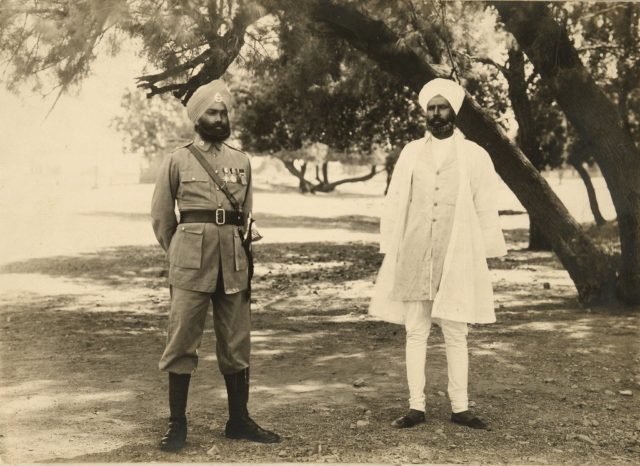
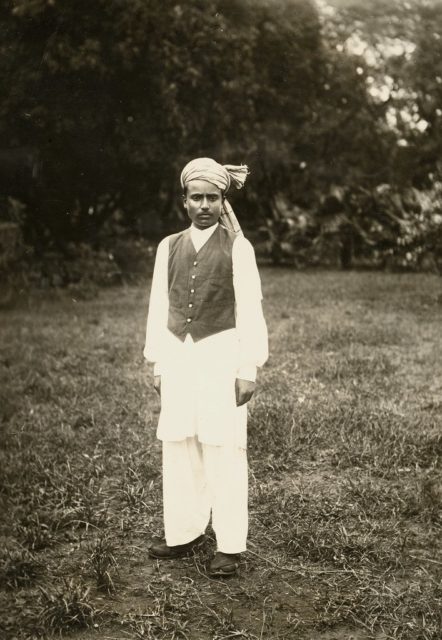
At the time, the Indian army was one of the two biggest volunteer armies in the world. With 240,000 soldiers, they came second after the British army which had 247,432 volunteering soldiers. Those were the numbers in 1914, and by 1918, the Indian army had grown to 548.311 men, as part of the Imperial Strategic Reserve. Over one million Indian soldiers served overseas. Of those, 67,000 were wounded, while 62,000 died in the battles. In total, at least 74,187 Indian soldiers died during WWI. Many think that if the British hadn’t had the Indian army, they wouldn’t have got through the war.
It was 12 years before the First World War when the Indian army was divided into three armies, called armies of the Presidencies. After the designation of Herbert Kitchener as Commander in Chief, the soldiers were united into one Indian army. At the same time, the regiments of the Princely states became available to be appointed as Imperial Service Troops. The British army also continued to supply units to serve in India, besides those that were already in the Indian Army. The new organization of the army divided the forces into nine divisions, each one with one cavalry and three infantry brigades. These nine divisions were to serve in India, while parts of the army were sent to Burma and Aden.
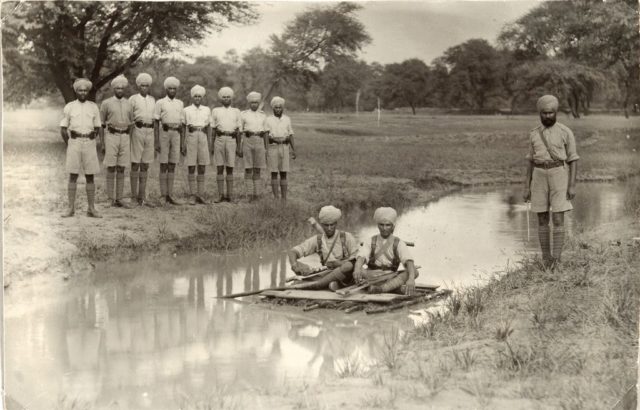

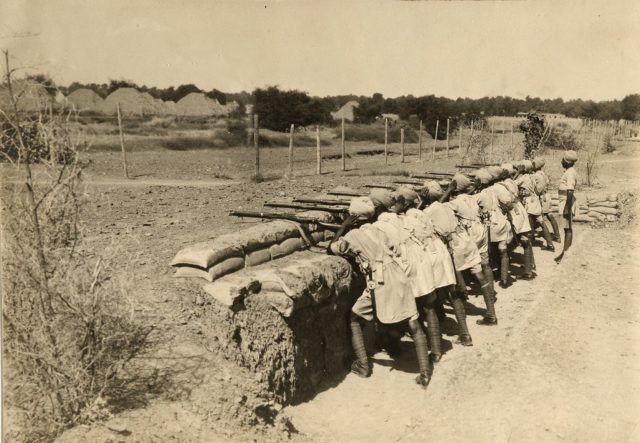
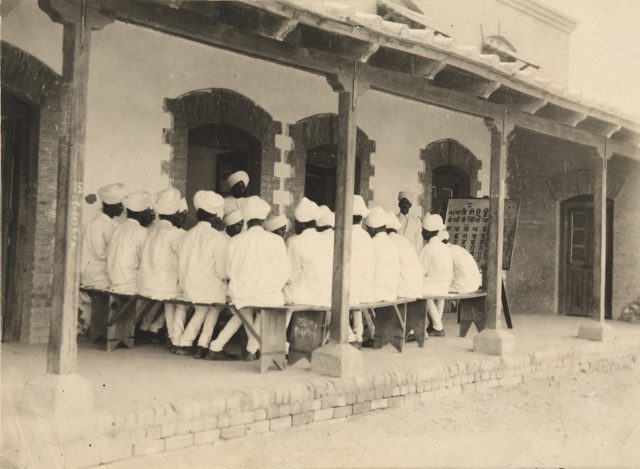
The nine divisions were later divided into two field armies: the Northern Army and the Southern Army. The first one consisted of five divisions, while the remaining four units were appointed to the Southern Army. The new divisions could be called to serve anywhere in the state, and there was also a proposition for all-British and all-Indian brigades to be formed. However, this proposition was rejected, and one British regiment remained in each division.
The Indian army was regularly called to deal with problems on the North West Frontier and provide garrison forces to the Brittish army in Egypt, China, and Singapore. The Indian army contained 39 cavalry regiments, 138 infantry battalions, a joint cavalry-infantry unit, three sapper regiments and 12 artillery batteries.
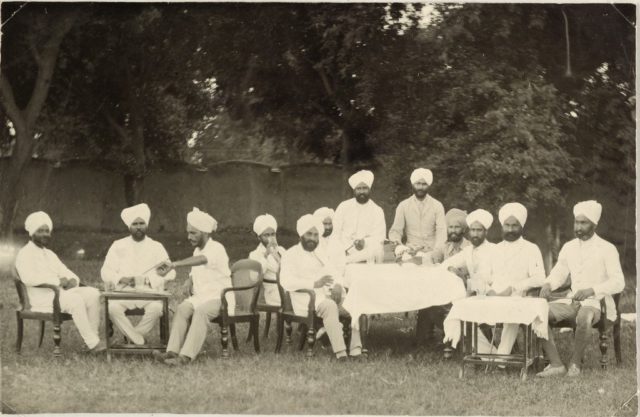
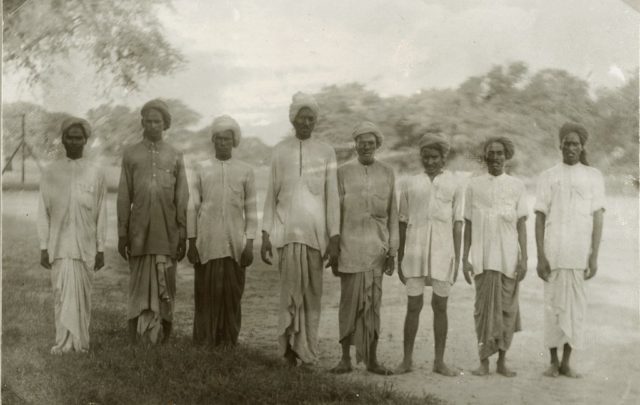
In total, there were 1.1 million Indian volunteer soldiers that served in the army during World War One, including the use of 170,000 animals. The Indian men attained 11 Victoria Crosses and the first soldier to receive the Victoria Cross was Khudadad Khan, who remained at his position while all the other soldiers around him were killed.
It is safe to conclude that if the Indian army had not participated in the war, the outcome might have been very different. The Indian volunteers fought bravely, but a significant part of their contribution has been forgotten.
